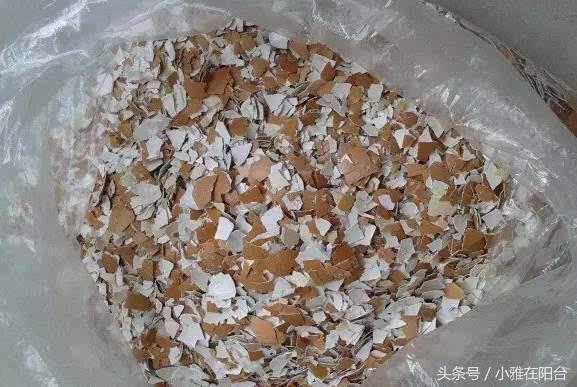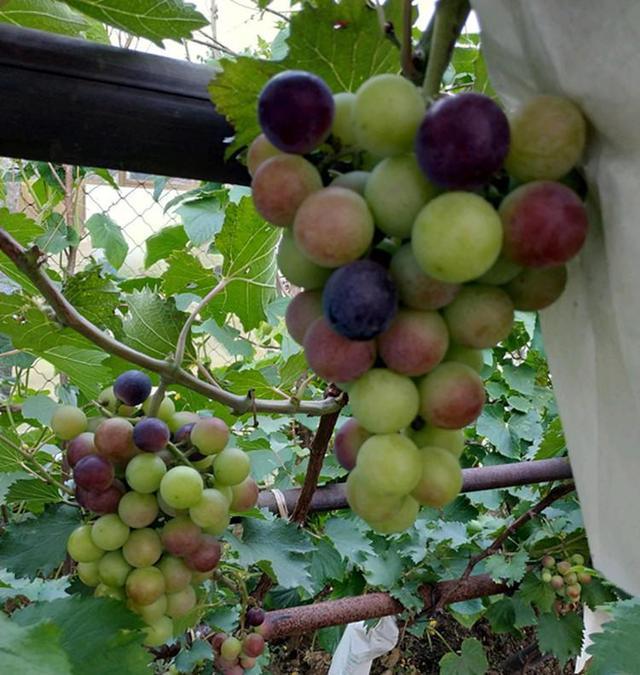Potted jasmine is not that you can't raise it, but it won't be watered.

Many people like to raise jasmine, but they always feel that they can't raise jasmine well, either yellow leaves or rotten roots, and some still haven't blossomed after many years. Is this a problem that jasmine is really so difficult to raise, or what? In fact, jasmine potted plants, it's not that you don't know how to raise them, but you just don't know how to water them.
Because jasmine is native to the subtropics and has lived in a hot and humid environment for a long time, it has gradually adapted and become its own habit. Therefore, when cultivating jasmine, it is necessary to properly more watering (including foliar spraying) and keep the relative humidity in the air at 75-85% to meet the needs of its growth and development.
The amount of watering depends on the climate and the growth and development of the plant itself. For example, in spring, when jasmine just moved out of the air, with the temperature rising gradually, jasmine began to germinate and grow, spread leaves and conceive buds, and sufficient water was needed at this time, but because the temperature was not high, the evaporation of the plant was small. Watering once a day in the afternoon is enough.
In the hot summer, the sun is strong, the plant growth is exuberant, the evaporation of the plant increases, coupled with dry air, the need for more watering. Water twice a day, once in the morning and once in the evening. In the afternoon, find water according to the plant and replenish it in the right amount. In autumn, as the temperature drops and the light weakens, just water once every morning or evening. As for winter, the jasmine moved indoors can be irrigated about 1-2 times a week, depending on room temperature and the dry and wet condition of the basin soil.
In watering jasmine, many people either do not know how to raise jasmine, or do not pay attention to "three no watering":
1. Do not pour "half the water"
That is to say, every time it is watered, it should be thoroughly watered, and there is no shortage of water. Because half a section of water is watered, the roots of the lower part of the flowerpot can not get moisture, and it is easy to dry to death over time. For each watering, the nozzle of the potted flower should be filled until the water flows to the bottom mouth. For some potted flowers with dry soil, there is a gap between the soil mass and the basin wall. Therefore, during irrigation, the water flows quickly through the bottom mouth, which does not mean that it has been thoroughly watered, and it needs to be irrigated 1-2 times in a row before it can be fully watered.
2. No "unboiled water"
The so-called raw water refers to the tap water or well water that has just been pumped out. Because this kind of water is very cold, it is poured directly on the potted flowers, and because of the big difference between the water temperature and the soil temperature, it stimulates the roots and affects the growth of the plant. Therefore, it is common to put this kind of water in a container for three or five days before using it. This practice is called "trapped water".
For this reason, a container for holding water should be prepared to air water ahead of time; take as you like, which is not only convenient but also good for jasmine. Combined with raising goldfish, it is best to water jasmine with fish water. Because the fish water is sterile and contains fish manure, it is a good fertilizer. If there is no flower friend who raises fish, you can use the organic liquid fertilizer commonly used in flowers instead, diluting 500 times to water jasmine, which can supplement nutrients and water and promote the growth and flowering of jasmine.
3. Do not pour too much water
Excessive water is waterlogging. This is the most common phenomenon in raising jasmine in the family. Flower friends who first raise jasmine are afraid that the beloved jasmine will not grow well without water, do not look dry and wet, do not ask the specific situation, water every day, or even several times a day, as a result, because the flower root is in a state of flooding for a long time, cannot carry on the normal respiration and suffocate the root, the heavy one is soaked to death, the light one will make the leaf tip yellow, the edge of the leaf yellowing, and even falling leaves one after another.
Flower friends who do not understand still think that it is caused by drought, but in fact it is caused by waterlogging. The main characteristics of water-deficient and dry jasmine plants are that the fallen leaves are yellow and dry, and there are no spots on the leaves. For waterlogged plants, stop watering, control for a period of time, wait until the basin soil becomes dry and white. Watering at this time, in order to quickly recover the jasmine yellow leaf problem, 0.2% ferrous sulfate can be added to improve the jasmine yellow leaf problem.
It is best to move the flowerpot out of reach of Rain Water or tilt the flowerpot so that Rain Water can not get into the pot, and then straighten the flowerpot when it is sunny.
In addition, in order to meet the humidity needs of jasmine, it is necessary to spray water on the leaves from time to time. Spraying water has many advantages, which can not only increase the humidity in the air, but also wash away the dust on the leaves and branches, enhance the photosynthesis of the leaves, keep the plants clean and beautiful, wash away the pests on the branches and leaves, and prevent diseases and pests.
- Prev

Add some to the soil for growing flowers. The soil is fertile and breathable. The flowers grow crazy and the pots are full of flowers.
Friends who like to grow flowers at home, want flowers and plants to grow well and bloom more, soil is the key, if the soil is not matched well, the flowers and plants will grow thin and the branches and leaves will be sparse. People often use the garden soil dug up in the suburbs to grow flowers, although it is possible.
- Next

Grow grapes and match 4 kinds of native grapes with strands of grapes all over the trees.
Potted grapes have to work hard on potted soil if they want to grow as strong as those planted in the ground. So, what kind of basin soil can make grapes bear more fruit and grow strongly? Today, I would like to introduce to you the most suitable formula for four kinds of potted grapes. ...
Related
- Wuhan Hospital Iron Tree Blooming Result Was Instantly Frightened by the Gardener Master
- Which variety of camellia is the most fragrant and best? Which one do you like best?
- What is the small blue coat, the breeding methods and matters needing attention of the succulent plant
- Dormancy time and maintenance management of succulent plants during dormancy
- Minas succulent how to raise, Minas succulent plant pictures
- What are the varieties of winter succulent plants
- How to raise succulent plants in twelve rolls? let's take a look at some experience of breeding twelve rolls.
- Attention should be paid to water control for succulent plants during dormant period (winter and summer)
- Watering experience of twelve rolls of succulent plants
- Techniques for fertilizing succulent plants. An article will let you know how to fertilize succulent plants.

